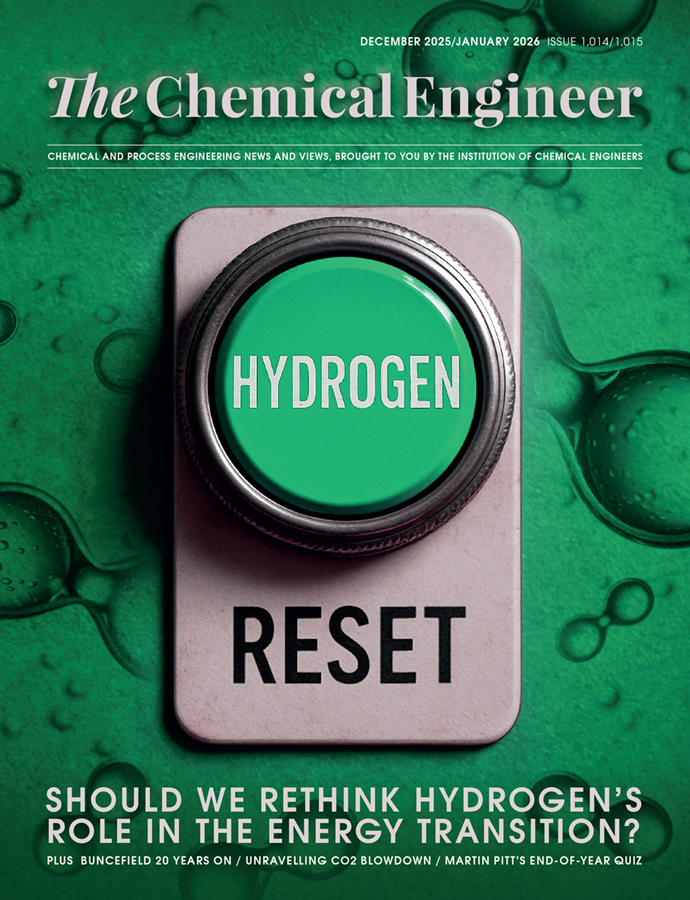Last Energy plans four small nuclear reactors in Wales to directly decarbonise local industry

LAST ENERGY is spending £300m (US$391m) installing four small modular nuclear reactors (SMRs) in Bridgend County, South Wales, to directly supply power to local industry.
It plans to install four 20 MWe reactors with the first scheduled to come online in 2027. The project will be housed at the vacant site of the Llynfi coal-fired power station which ceased operations in 1977.
New projects applying to connect to the national power grid face lengthy delays, with some being offered dates as far away as the late 2030s. To bypass this, Last Energy plans to supply the power from its reactors directly to mid-sized regional manufacturers.
The company’s PWR-20 pressurised water reactors are built from modules that are fabricated in a factory and then transported to site where they’re assembled like Lego kits. This should help reduce costly overruns that have plagued traditional larger nuclear construction projects, such as Hinkley Point C whose developer warned earlier this year it could go £28bn over budget.
Last Energy intends to source at least 10% of equipment and services from suppliers in South Wales and expects the project to create at least 100 jobs.
Michael Jenner, CEO of the company’s UK subsidiary, said: “Last Energy’s emphasis on mass-manufacturability allows us to deliver significantly smaller plants in under 24 months with purely private financing. We look forward to engaging with the public, meeting local suppliers, and being an active partner in South Wales’ path towards energy security and industrial decarbonisation.”
It has started the planning process, is conducting site surveys, and is hosting events in Cardiff and Swansea in early November to meet potential suppliers.
Tom Greatrex, CEO of the Nuclear Industry Association, said: “Increasingly, industries are looking to nuclear to provide that reliable and price predictable heat and power as they seek to decarbonise. Potential projects such as that proposed by Last Energy, with an innovative business model of direct to industry power and co-location, will be required if deep decarbonisation is to become a reality rather than a slogan.”
Critics of SMRs have warned that the technology is not widely proven and public funding for decarbonisation would be better directed into renewables. According to the World Nuclear Association there are five SMRs in operation developed by firms in Russia, India, China and Pakistan; another four under construction; and more than a dozen other designs in advanced development.
In September the government, through its public body Great British Nuclear, shortlisted four reactor designers that are bidding to secure public funding to design and construct small modular reactors in the UK. They are Rolls Royce SMR, GE-Hitachi, Holtec, and Westinghouse Electric. The government is supporting the development of SMRs, large conventional plants, and advanced nuclear fuel production as part of plans to almost quadruple the country’s nuclear power output.
Recent Editions
Catch up on the latest news, views and jobs from The Chemical Engineer. Below are the four latest issues. View a wider selection of the archive from within the Magazine section of this site.




